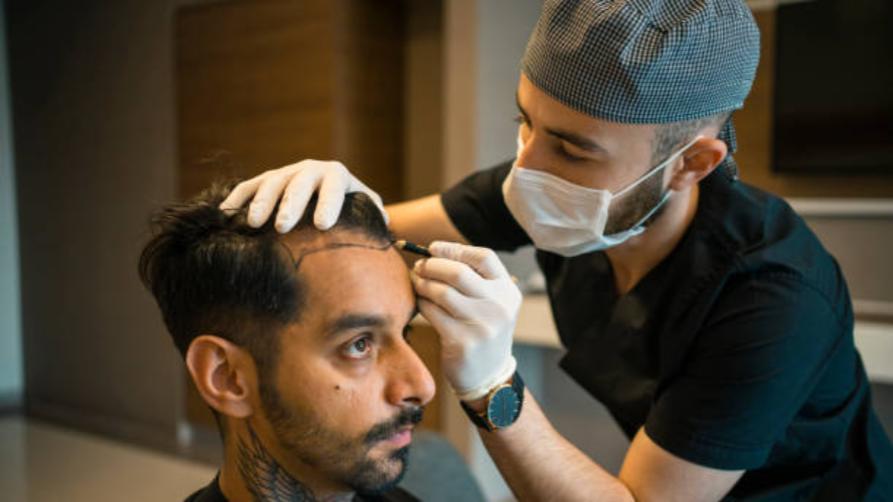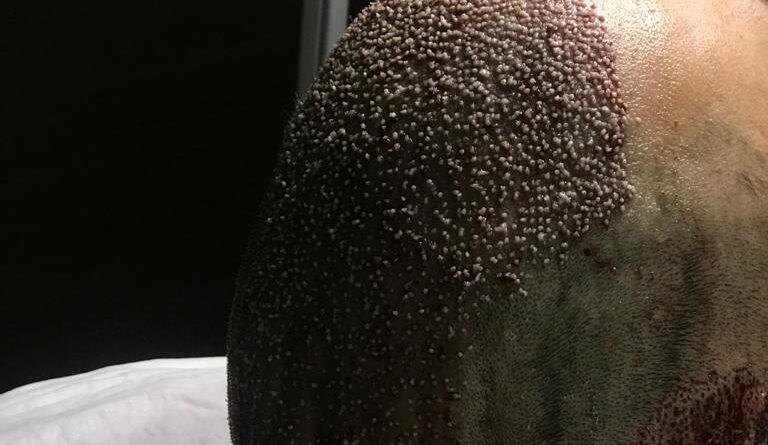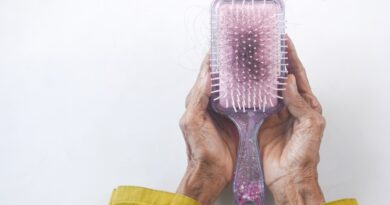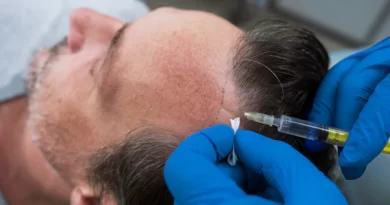Scalp Inflammation And Redness After Hair Transplantation
Scalp inflammation and redness after hair transplantation is a rare but possible complication. This condition is usually caused by bacterial infections and can occur as a result of inflamed hair follicles.
To prevent this situation, you should strictly follow the instructions given by your doctor after hair transplantation. It usually requires careful washing, antibiotic use and wound care after hair transplantation. In addition, it is recommended to avoid activities such as excessive exercise or sweating during the first few days after transplantation.
If you notice inflammation or redness on your scalp, you should inform your doctor immediately. Your doctor will likely prescribe antibiotics or anti-inflammatory drugs. In addition, your doctor may clean the inflamed hair follicles on the scalp or recommend a special treatment for the care of the wounds.
Remember, scalp inflammation and redness after hair transplantation is usually a mild and treatable complication.

Why Does My Scalp Redness After Hair Transplant?
It is very common to develop redness on your scalp after hair transplantation. This redness usually occurs within the first few days after hair transplantation and is part of the healing process of small wounds on the scalp.
Redness is usually seen more intensely in the areas where hair follicles are taken and transplanted during the hair transplantation process. While hair follicles are placed in these areas, small cuts and wounds are opened, which can cause redness on the scalp.
Redness after hair transplantation usually disappears on its own within a few days and usually does not require any treatment. However, if the rash is severe or gets worse if left untreated, you may need to talk to your doctor. If it is accompanied by other symptoms such as redness, swelling or hypersensitivity in the first few days after hair transplantation, your doctor can inform you about post-transplant care recommendations and necessary treatments.
What Can I Do About This?
When you see redness and inflammation on your scalp after hair transplantation, it is important to contact your doctor first. Your doctor can advise you and determine a treatment plan that is right for you.
You can also follow these suggestions to reduce redness and inflammation:
Follow all the instructions your doctor gives you after the procedure. This is especially true of how to clean your scalp, what products can be used, and what activities should or shouldn’t be done.
Apply moisturizer to your scalp. Maintaining the moisture balance of your scalp can help reduce redness and inflammation.
Practice yoga, meditation, or another relaxation technique to reduce stress. Stress can cause increased redness and inflammation after hair transplantation.
Avoid hot and humid environments. Such environments can cause your scalp to become more inflamed.
Do not use medication without your doctor’s approval. Your doctor may recommend you medication for pain and inflammation after hair transplantation. Self-medication can cause side effects and prolong your recovery.
If redness and inflammation persists, continue to contact your doctor. With professional help, you can get more specific suggestions to help you fix the problem.

How Long Will It Take to Heal?
Recovery time after hair transplantation may vary from person to person, but it usually takes 7 to 10 days. For the first few days, the scalp may swell and you may feel mild pain. To prevent inflammation, you should clean and treat the wound area as recommended by your surgeon.
During the first 2-3 weeks, you should be sensitive so as not to damage the scalp. You may need to use a special shampoo to wash your hair, and you may need to postpone activities such as swimming, excessive sweating and playing sports for a while.
After hair transplantation, it may take several months for the hair to grow and completely heal. During the first few weeks, the transplanted hair follicles may fall out, but new ones may appear later. It usually takes up to 6-12 months for your hair to grow completely and the result of hair transplantation can be seen clearly.
However, the healing process can vary from person to person, and following your surgeon’s recommendations can speed up the healing process and help you achieve healthy results.
What are the things to be considered after hair transplantation?
Things to consider after hair transplantation are:
Medication use: Use the medications prescribed by your doctor regularly to reduce pain, swelling and redness after hair transplantation.
Keeping the head elevated: During the first few days, it is important to keep your head upright and not to use a pillow when lying down.
Avoiding bumps and scratches: Avoid bumps or scratches to the hair transplant area.
Avoiding exercise and sports: During the first few days after hair transplantation, avoid heavy exercise and sports.
Sun protection: The sun’s rays can cause sensitivity in the hair transplant area, so avoid exposure to the sun’s rays or use a sunscreen hat or umbrella.
Not smoking: Smoking can slow down the blood circulation and prolong the healing process, so avoid smoking after hair transplantation.
Alcohol use: During the first few days after hair transplant, avoid alcohol consumption as this can affect blood flow and delay healing.
Do not touch the hair transplant area: Avoid touching the hair transplant area as this can increase the risk of infection.
Regular visits to the doctor: Follow your doctor’s advice and go to your appointments for regular checkups.
By acting carefully after hair transplantation, you can speed up the healing process.
You can benefit from the privileges by contacting us.
• Best price guarantee
• You will not encounter hidden payments.
• Free transfer to airport, hotel or hospital
• Accommodation is included in the package prices.




